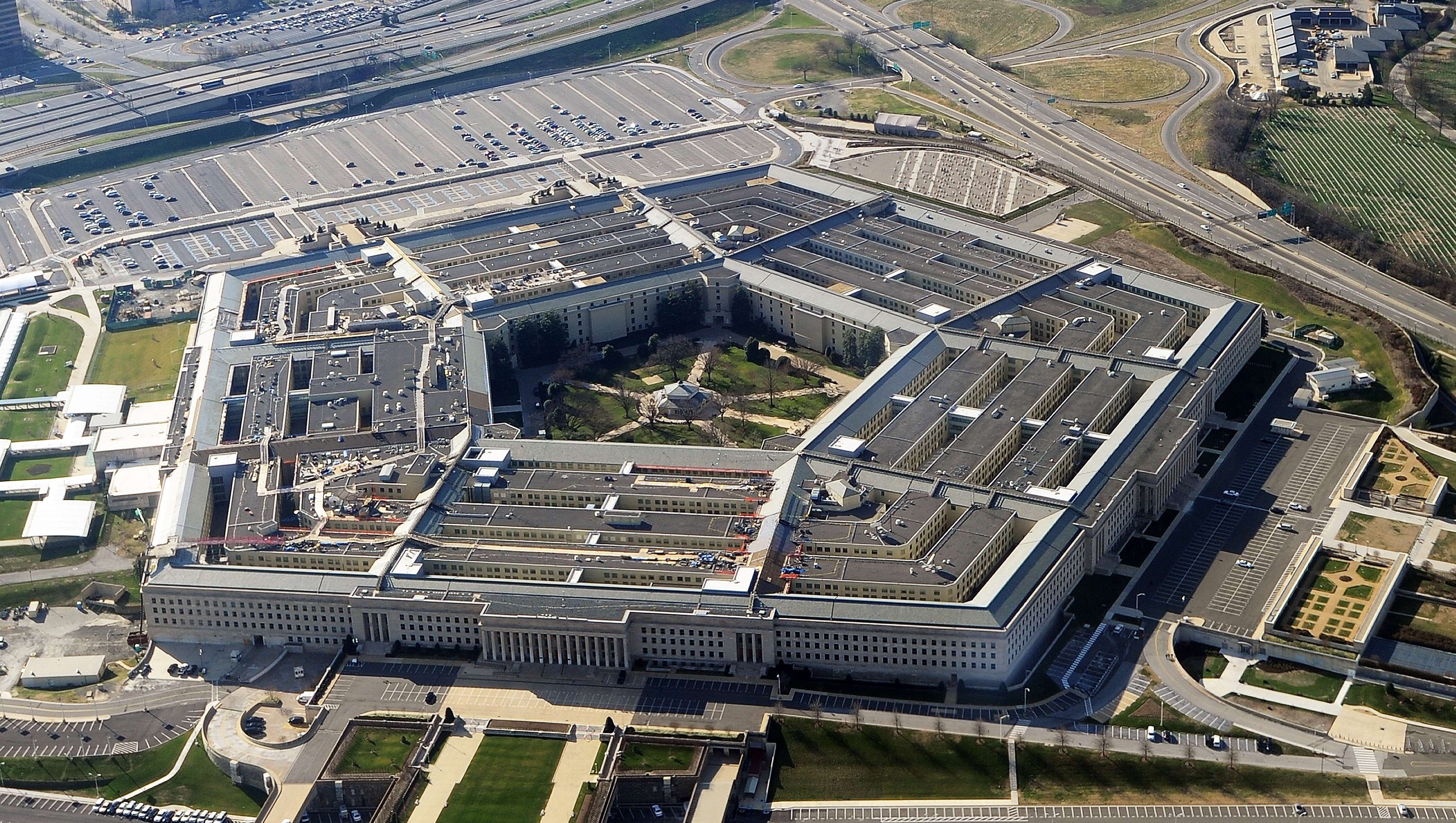PsihoKekec
Swashbuckling Accountant
Cows produce more milk if you play them classical music. Most young people would shut down and die if you played it to them. Works on homeless and drug users as well.Forget cattle mentality, even fucking cows need pretty pictures on the walls of their Barnes
This 7-Eleven in Austin is blaring opera music to keep the homeless away. It's working.
Ugliness and denial of reality are dogmas of modernity, with architecture being the vanguard of this movement, architects throwing away millennia of experience to produce abominations of ugliness, impractically and unsustainability.
A good example is the festering eyesore that is the Scottish Parliament, set at the edge of old town, right next to a Royal Palace, if you have a soul then one look at the place will make you wish for a Killdozer. It's building costs went tenfold over budget because that's what happens when you build such excremental design and now the maintenance costs are rapidly catching up, having exceeded original construction estimate long time ago despite the fact that building isn't even twenty years old.
https://www.scotsman.com/news/politics/cheaper-tear-down-scottish-parliament-2020-1548157





